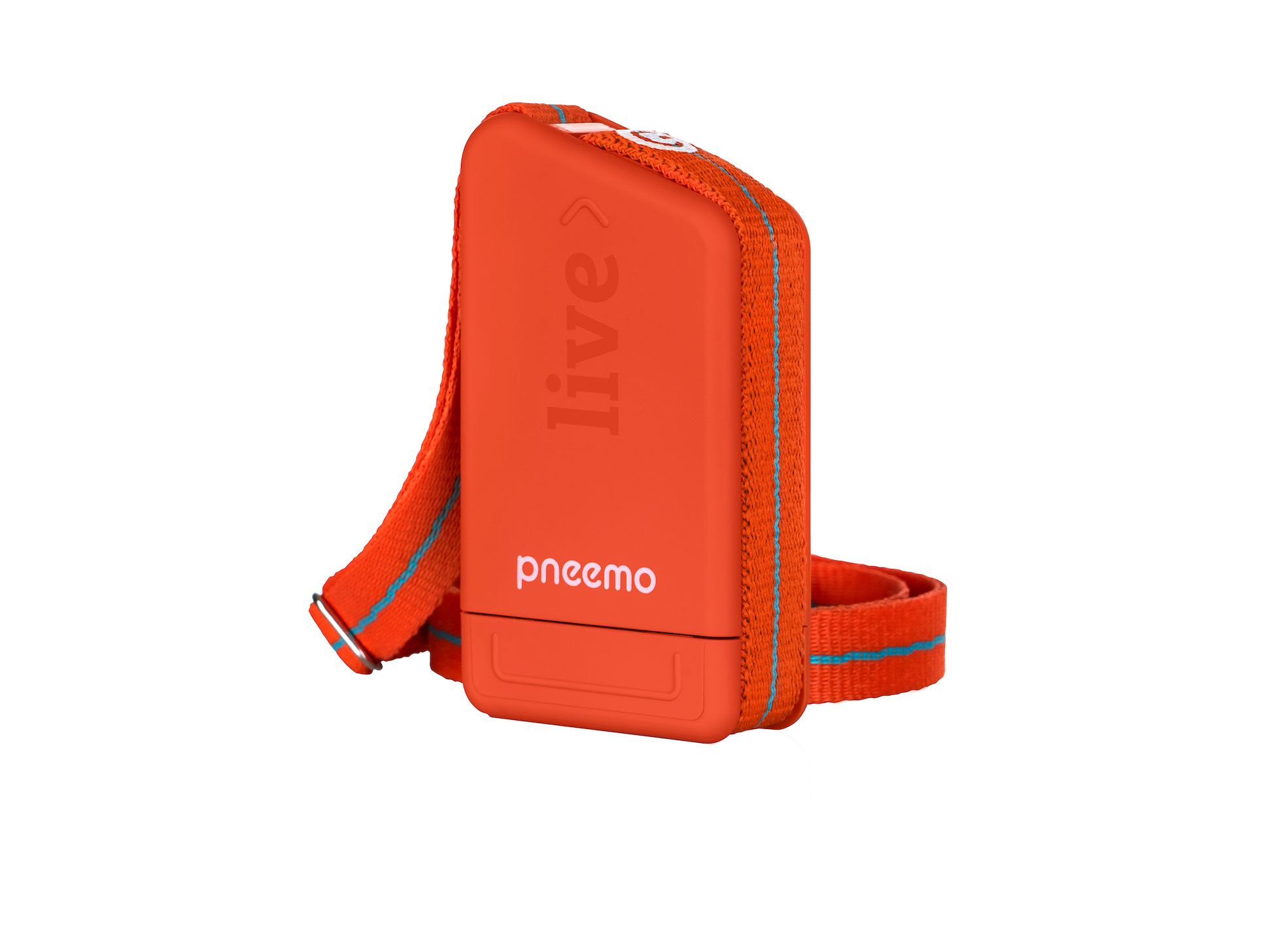Optimizing Athletic Performance Through Heart Rate and Blood Oxygenation: The Impact of Proper Breathing
In the realm of sports, maximizing physical performance is essential for achieving ambitious goals and improving results. Effective management of heart rate and blood oxygenation plays a crucial role in this process. Proper breathing can influence these physiological parameters, allowing for optimized athletic performance.
1. Heart Rate and Athletic Performance
Heart rate, or the number of heartbeats per minute, is a key indicator of exercise intensity. Accurate management of heart rate can enhance athletic performance in several ways:
- Endurance: During endurance activities such as running or cycling, maintaining a heart rate within a target zone (about 60-70% of maximum heart rate) helps prolong effort and optimize energy reserves. Controlled breathing helps stabilize heart rate, thereby promoting better endurance.
- Peak Performance: During intense training sessions or competitions, regulating heart rate according to exercise intensity is crucial to avoid overheating and maximize efficiency. Proper breathing allows for maintaining heart rate in optimal zones for peak performance.
2. Blood Oxygenation and Its Importance for Athletes
Blood oxygenation, or the amount of oxygen transported by the blood to tissues, is essential for effective athletic performance. Better oxygenation contributes to:
- Physical Endurance: Good oxygenation helps delay muscle fatigue during prolonged efforts. By practicing diaphragmatic breathing, athletes can increase their air intake, improving oxygen absorption and delivery to active muscles.
- Post-Exercise Recovery: After intense activity, good oxygenation facilitates recovery by optimizing nutrient transport and the removal of metabolic waste. Deep and controlled breathing enhances blood circulation, helping muscles recover more quickly.
3. Breathing Techniques to Optimize Athletic Performance
Adapting breathing techniques based on athletic goals helps optimize heart rate and blood oxygenation:
- Endurance Goals: Deep diaphragmatic breathing is recommended to improve endurance. This technique allows for better oxygen absorption and stabilizes heart rate, enabling athletes to maintain prolonged effort with increased efficiency.
- Peak Performance Goals: For intense efforts, rhythmic breathing (e.g., inhaling for 4 seconds, exhaling for 4 seconds) helps manage exertion and maintain an optimal heart rate. This method reduces the risk of overheating and improves effort management.
- Recovery Goals: After intense physical activity, slow and deep breathing techniques, such as heart rate coherence, facilitate recovery. They help reduce heart rate and improve blood circulation, contributing to faster muscle regeneration.









